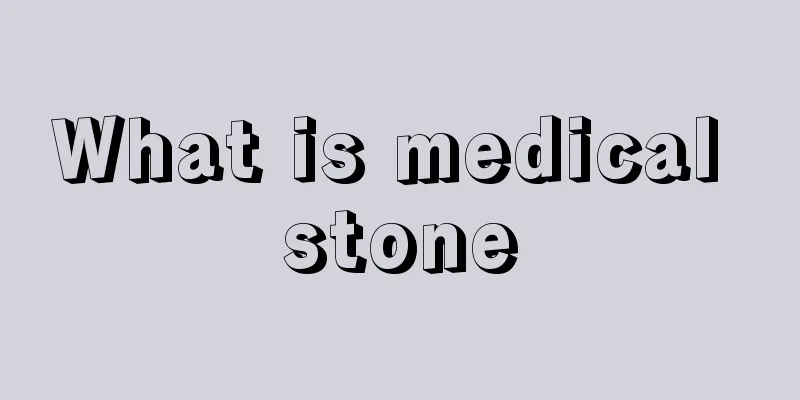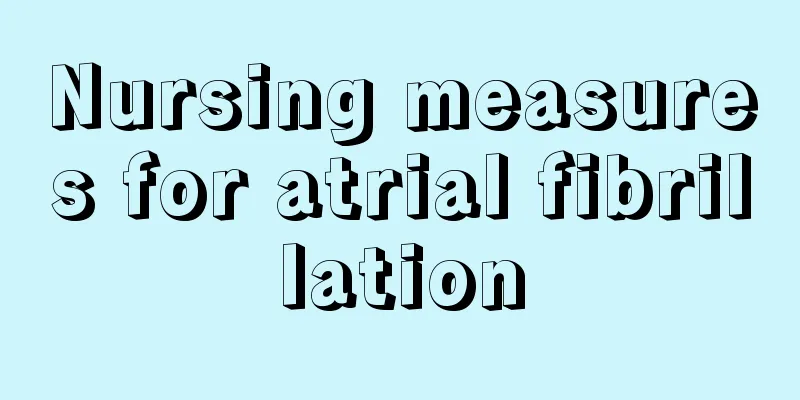Brief introduction about glioma

|
Glioma is a malignant tumor disease that cannot be ignored. Once patients find any symptoms similar to glioma, they must seek medical attention in time for diagnosis. In daily life, only if we have sufficient knowledge of glioma common sense can we help us detect the disease early. Let us take a look at the introduction of glioma. Glioma, also known as glioma, is the most common primary central nervous system tumor, accounting for about half of all primary intracranial tumors. In a broad sense, it refers to all tumors of neuroepithelial origin, and in a narrow sense, it refers to tumors originating from various types of glial cells. According to the classification scheme of the World Health Organization (WHO) in 1999, it is divided into astrocytoma, oligodendroglioma, ependymoma, mixed glioma, choroid plexus tumor, neuroepithelial tumor of uncertain origin, neuron and neuron-glial mixed tumor, pineal parenchymal tumor, embryonal tumor, and neuroblastoma. The cause of this disease is still unclear, and it may be related to tumor origin, genetic factors, biochemical environment, ionizing radiation, nitroso compounds, polluted air, bad living habits, infection and other factors. Symptoms mainly manifest in two aspects. One is increased intracranial pressure and other general symptoms, such as headache, vomiting, vision loss, diplopia, epileptic seizures and mental symptoms. The other is local symptoms caused by the compression, infiltration and destruction of brain tissue by the tumor, resulting in neurological dysfunction. Combined with clinical manifestations, the diagnosis of glioma depends on neuroimaging examinations, and it should be differentiated from medulloblastoma, ependymoma, hemangioblastoma, metastatic tumor, cerebral infarction, etc. The treatment of glioma is mainly surgical treatment, but due to the infiltrative growth of the tumor and the lack of clear boundaries with the brain tissue, it is difficult to completely remove the tumor except for those that are small and located in the appropriate position in the early stage. Generally, comprehensive treatment is advocated, that is, radiotherapy and chemotherapy after surgery, which can delay recurrence and prolong survival. We should strive to achieve early diagnosis and timely treatment to improve the treatment effect. |
<<: What are the preventive measures for patients with pituitary tumors
>>: What are the treatments for thyroid cancer?
Recommend
Symptoms and clinical manifestations of peripheral neuritis include these
Factors causing peripheral neuritis include heavy...
Is cervical cancer HPV positive contagious?
In our lives, more and more female friends are af...
Treatment and nursing methods for sequelae of cerebral infarction
Cerebral infarction can easily cause sequelae, an...
Little girl's nipple inverted
Both boys and girls have nipples. Nipple is a ver...
How to treat insomnia phobia?
Many people have experienced insomnia, but over t...
Introduction to turbinate reduction surgery
We all know that many women love beauty very much...
How to prevent and treat burn sepsis, comprehensive measures are the key
Burns are very common in our daily lives. Burns m...
What are the symptoms of menstrual disorders
Menstrual disorders are a relatively common gynec...
How to better prevent itching and leucorrhea down there?
Women may experience gynecological inflammation m...
Main causes of hair loss
There are many reasons for hair loss, such as her...
What are the benefits and effects of salt water baths? Is salt water bathing good for you?
Many people have the habit of washing their faces...
Tips for treating neck pain caused by sleeping with a stiff neck
1. You can directly massage the neck and shoulder...
What kind of shoes are better to wear in summer
It's summer now and the weather is hot. When ...
Physical changes after long-term drinking of lemon water
As we all know, lemon is a fruit rich in vitamin ...
The local symptoms vary depending on the location of brain tumor invasion
Brain tumors can occur in the cerebellum, cerebru...









